Right at the backyard of Monterey, you can find an amazing scenic route: The 17-mile Drive. Its name may not sound that spectacular but it’s definitely worth taking those extra miles! Crystal clear water, beautiful nature and amazing landscape from the dramatic Pacific coastline to the majestic Del Monte Forest are just some attractions. Other scenic areas include Pebble Beach, Cypress Point, Bird Rock, Point Joe, Pescadero Point, Fanshell Beach and Seal Point.
At the end of the 17-mile Drive, our next stop was Carmel-by-the-sea, often called simply Carmel. This small and very lovely town is known for its natural scenery and rich artistic history. The town has historically pursued a vigorous strategy of planned development to enhance its natural coastal beauty and to retain its character. The city’s general plan describes that as “a village in a forest overlooking a white sand beach”. New buildings must be built around existing trees and new trees are required on lots that are deemed to have an inadequate number. Therefore most houses are pretty small compared to other places in California.
One fun fact about Carmel: The city is known for several unusual laws including a prohibition on wearing high-heels more than 2 inches in height without a permit. But no worries: Permits are available without charge at the City Hall. Luckily, I worn sneakers that day for our sight-seeing-tour.
Right after Carmel, one of the most famous regions along California’s coastline starts: Big Sur! This region has no specific boundaries and there are many definitions where this area starts and where it ends. One of the most practical I heard is, that Big Sur is the segment of California State Route 1 from Carmel to San Simeon.
The name “Big Sur” is derived from the original Spanish-language “el sur grande”, meaning “the big south”. The terrain offers stunning views, and amazing landscapes. Because gazing at the views while driving is inadvisable, the highway features many strategically placed vista points. The section of Highway 1 running through Big Sur is widely considered as one of the most scenic driving routes in the United States, if not the world.
The land use restrictions that preserve Big Sur’s natural beauty also mean that tourist accommodations are very limited. There are fewer than 300 hotel rooms on the entire 90 miles (140 km) and also only three gas stations! We travel the whole route within one day and then stayed in a motel in San Simeon.
When it comes to landmarks and attractions along the way, Big Sur has plenty to offer! First, you will arrive at Bixby Creek Bridge – a open-spandrel arch bridge opened in 1932. It is one of the tallest single-span concrete bridges in the world and one of the most photographed bridges along the Pacific Coast due to its aesthetic design and location. Further, Big Sur offers nine state parks with many points of interest including waterfalls, scenic beaches and amazing sea cliffs.
In San Simeon near to the Hearst Castle, you can even find elephant seals in their natural habitat. About 17,000 seals call the beach south of the Piedras Blancas lighthouse their home. You can view them from the boardwalk which is an ideal and safe location. And they are so cute!
Further south, we visited Santa Barbara – a city between the Santa Ynez Mountains and the Pacific Ocean. Santa Barbara’s climate is often described as Mediterranean, and the city has been promoted as the “American Riviera”. The dominant architectural themes of Santa Barbara are the Spanish Colonial Revival and the related Mission Revival style. That made the town really feel like “Holiday in Spain” to me. And the city does everything to keep and to enhance this spirit: New buildings along the main road were all build in similar Mediterranean style and benches at bus stops where covered with painted tiles.
Santa Barbara’s most visited landmark is Stearns Wharf – a pier in the harbor named for its builder John P. Stearns. It was completed in 1872 as the longest deep-water pier between Los Angeles and San Francisco. The Harbor Restaurant was built on the wharf in 1941, marking an end to the shipping and transportation era of the 19th century. Today, you can find several restaurants and shops there – and enjoy the view of Santa Barbara.
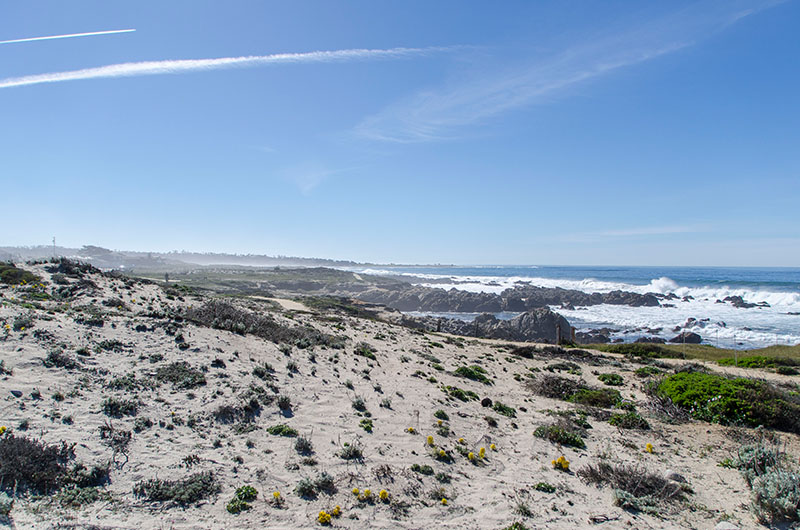 |
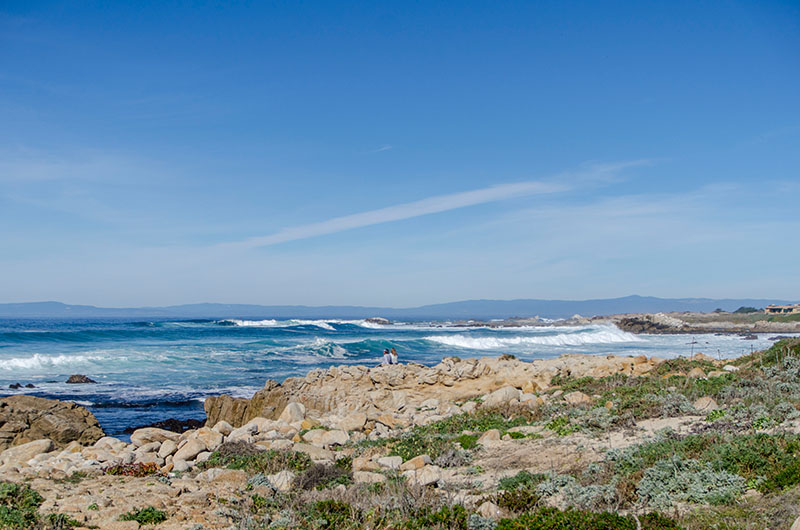 |
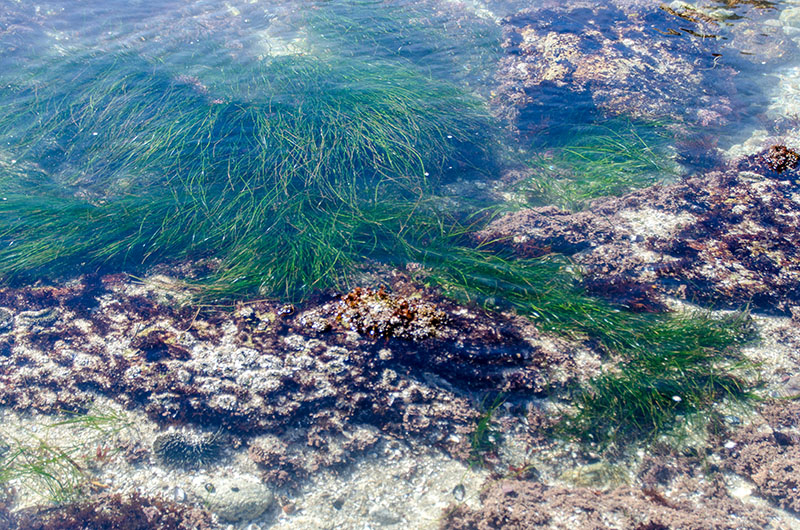 |
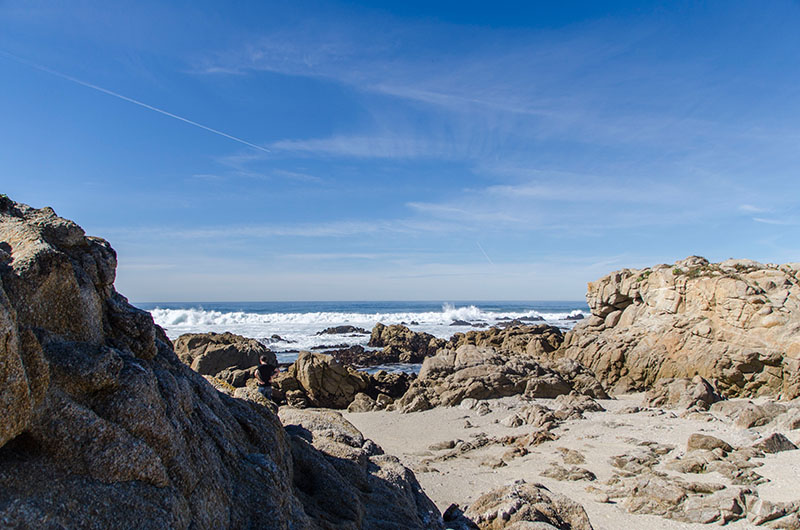 |
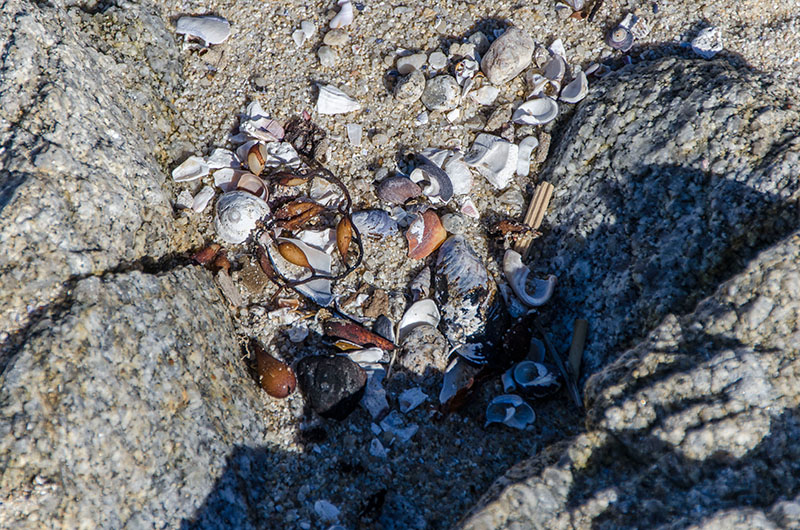 |
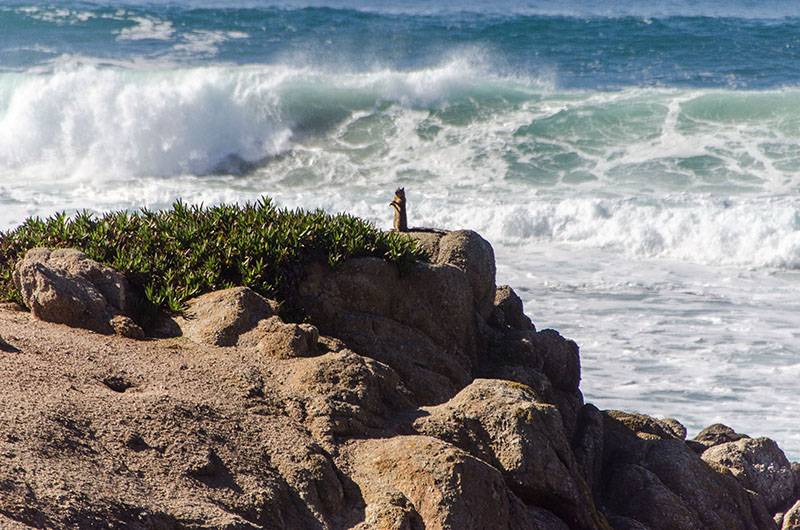 |
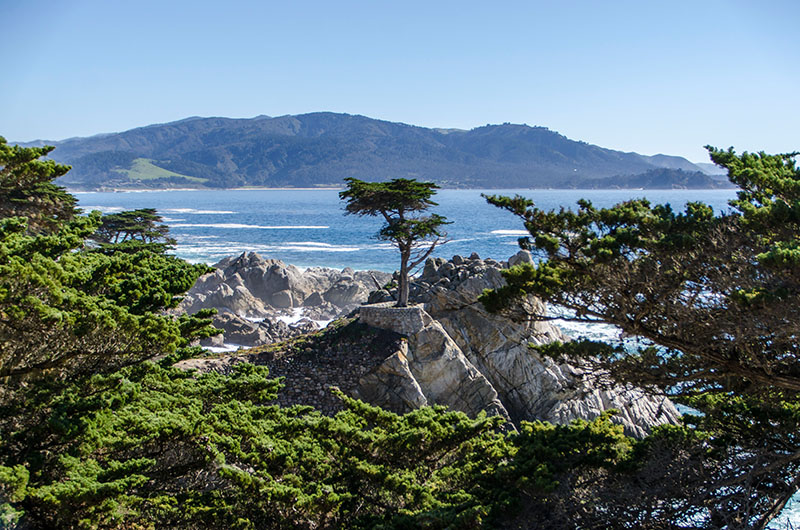 |
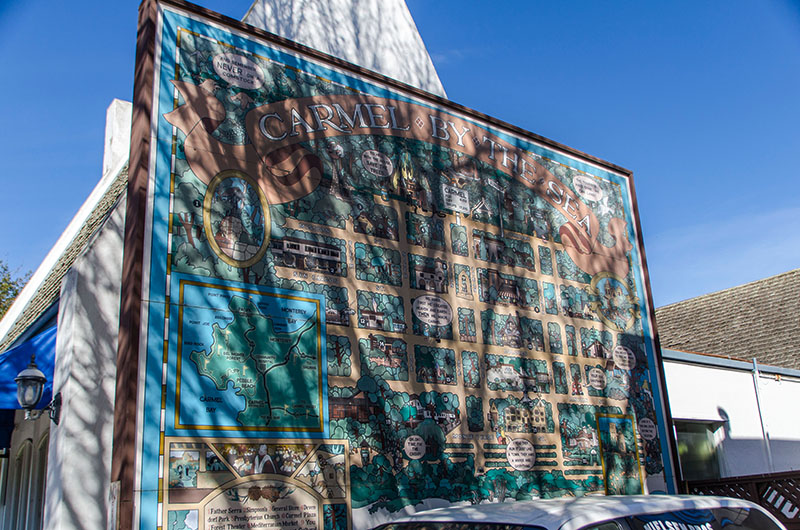 |
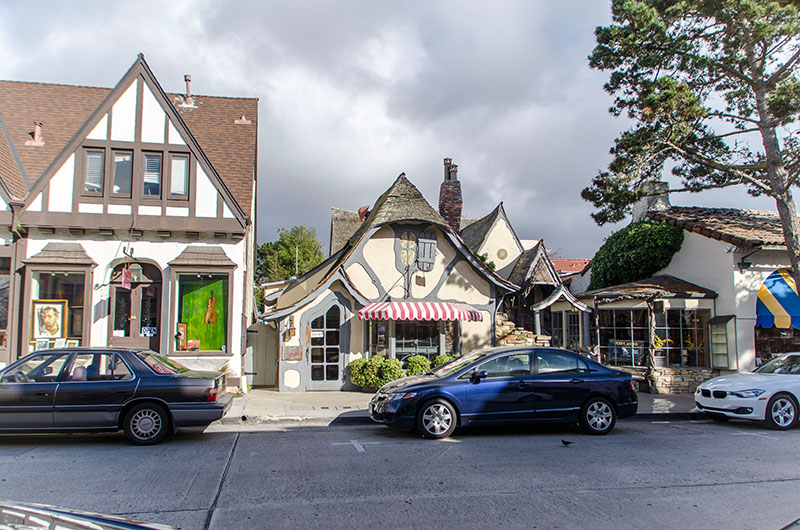 |
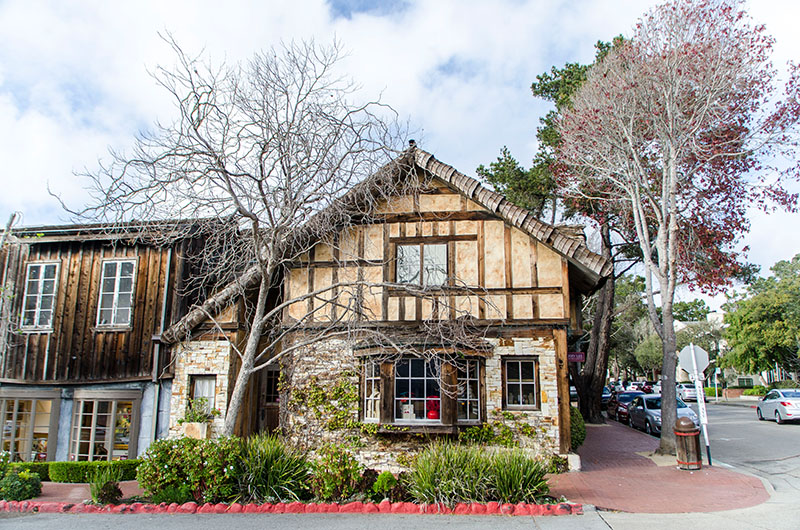 |
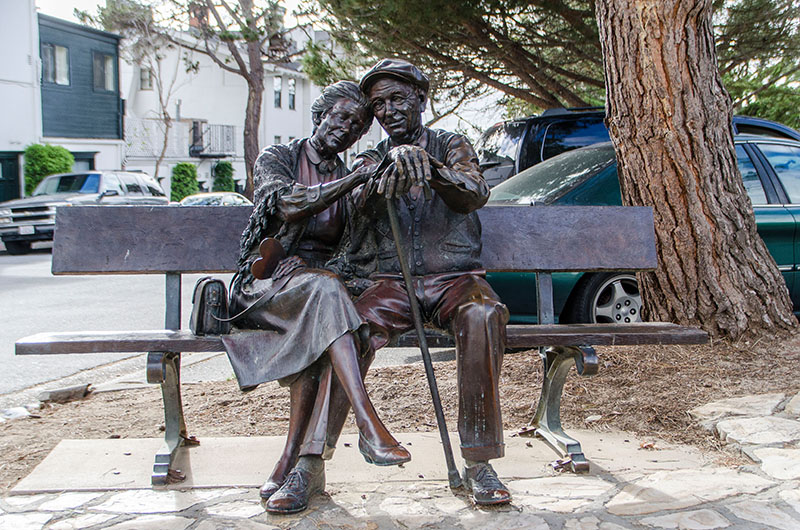 |
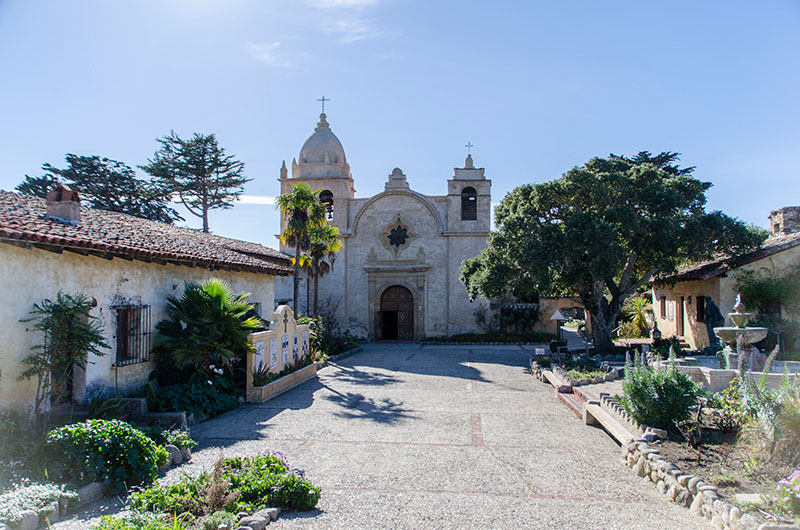 |
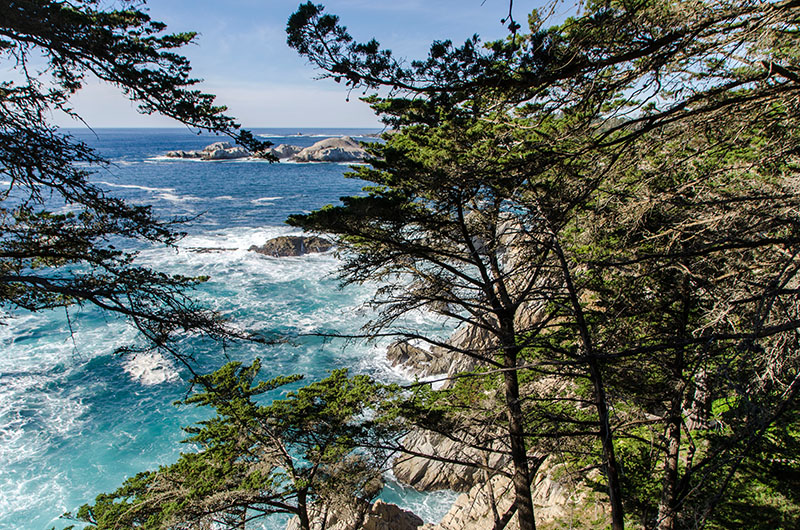 |
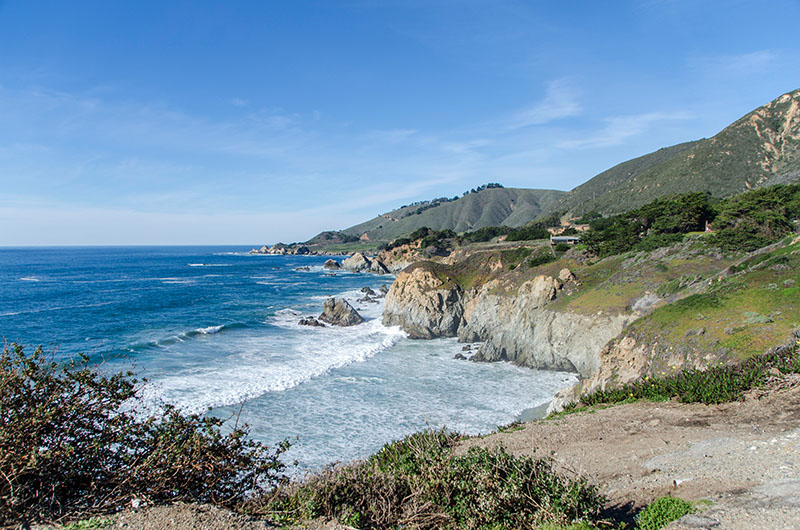 |
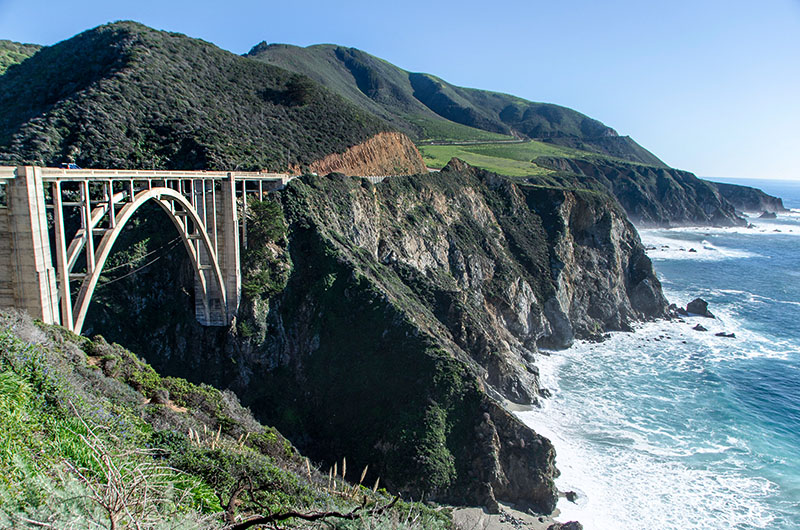 |
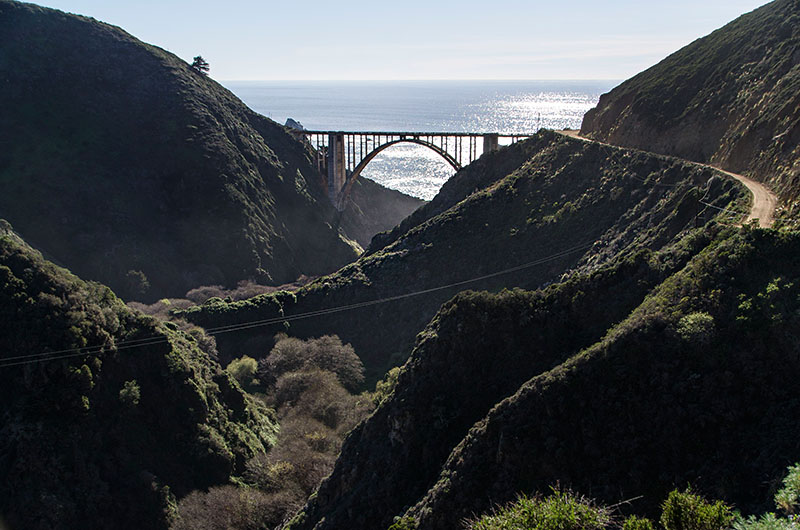 |
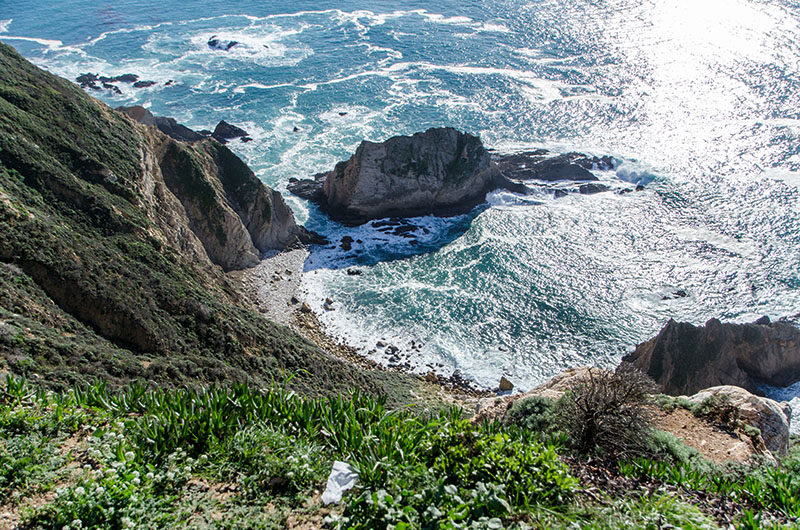 |
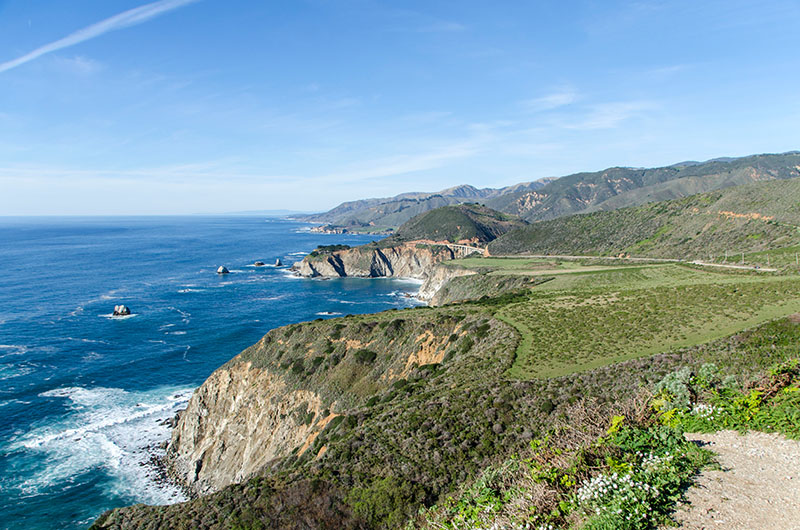 |
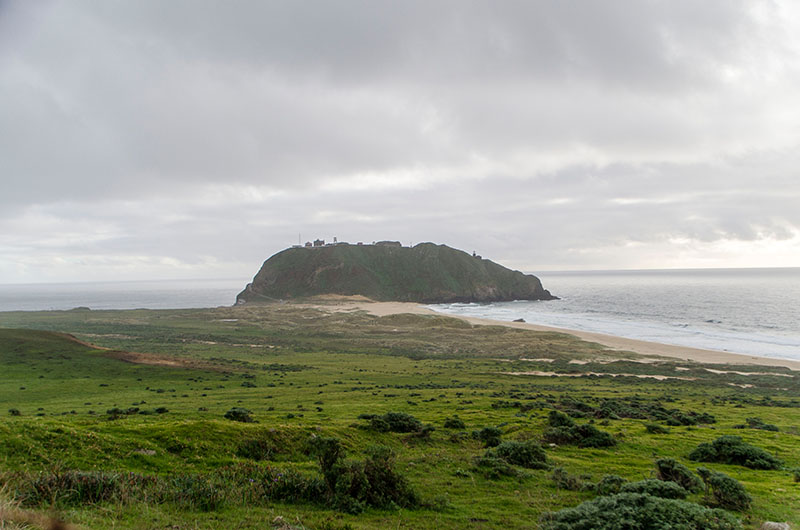 |
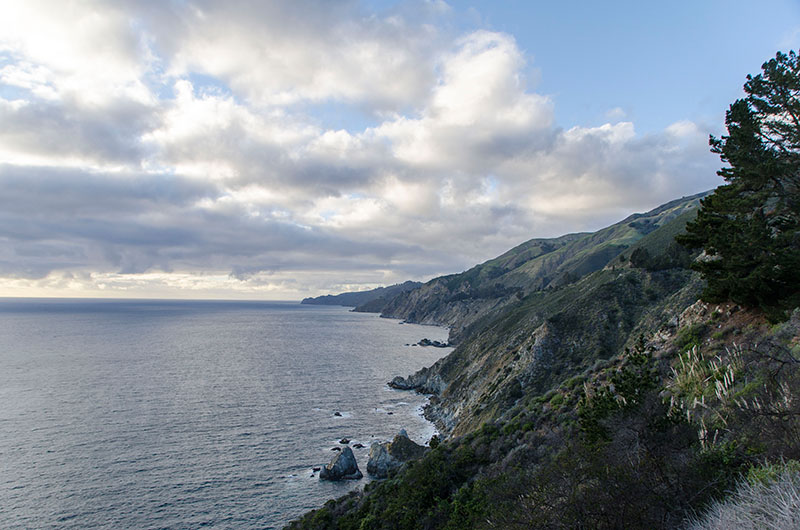 |
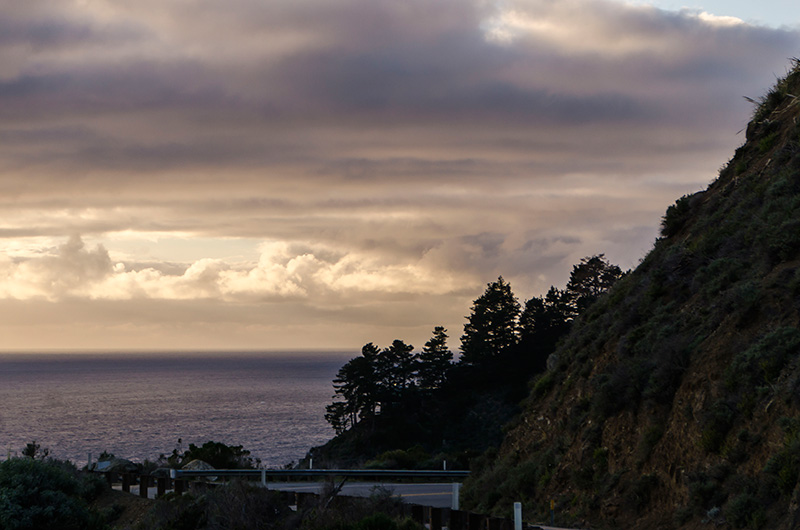 |
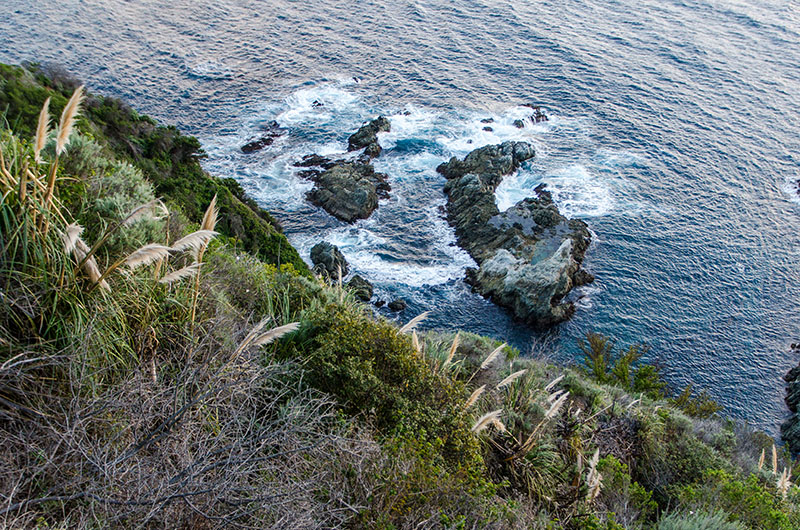 |
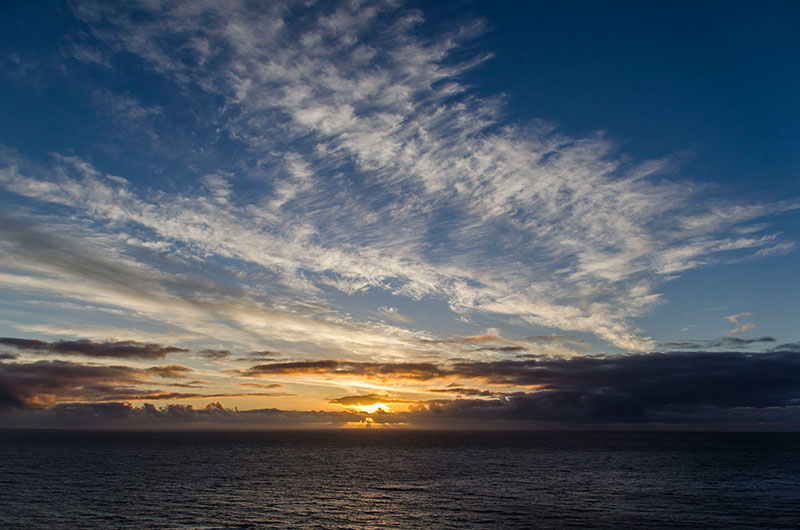 |
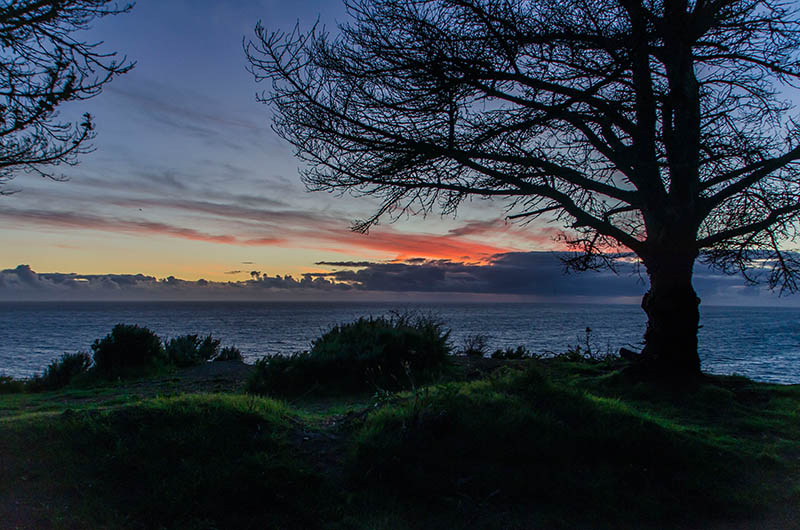 |
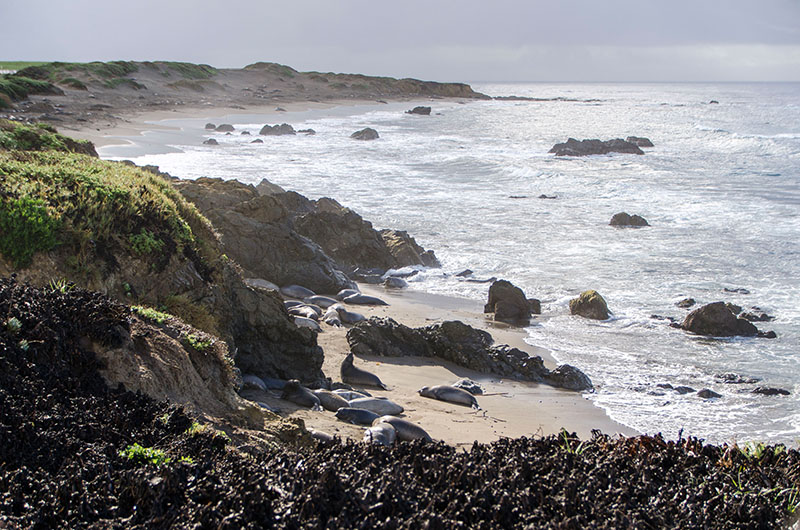 |
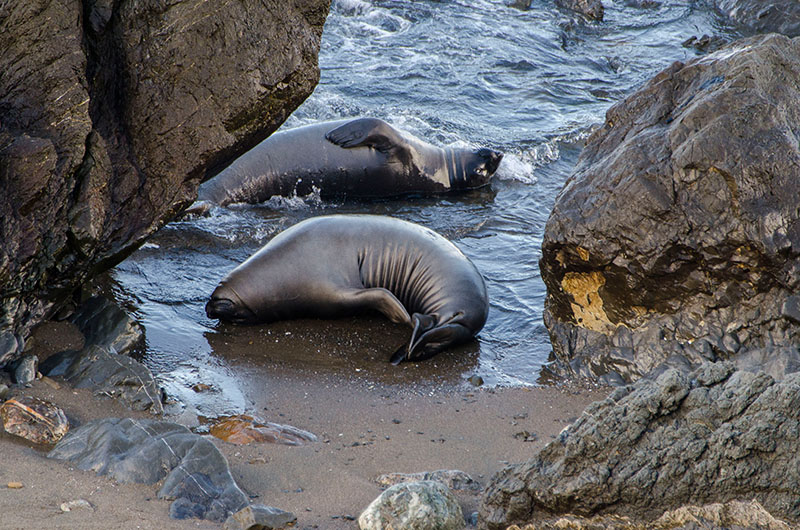 |
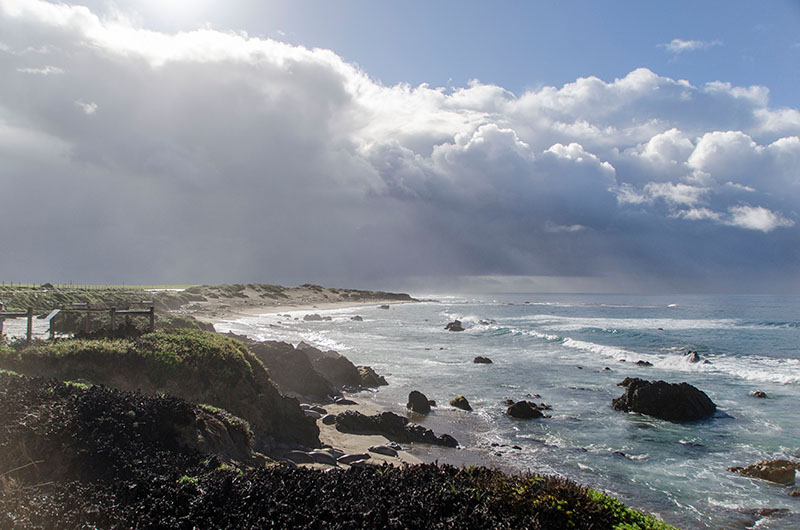 |
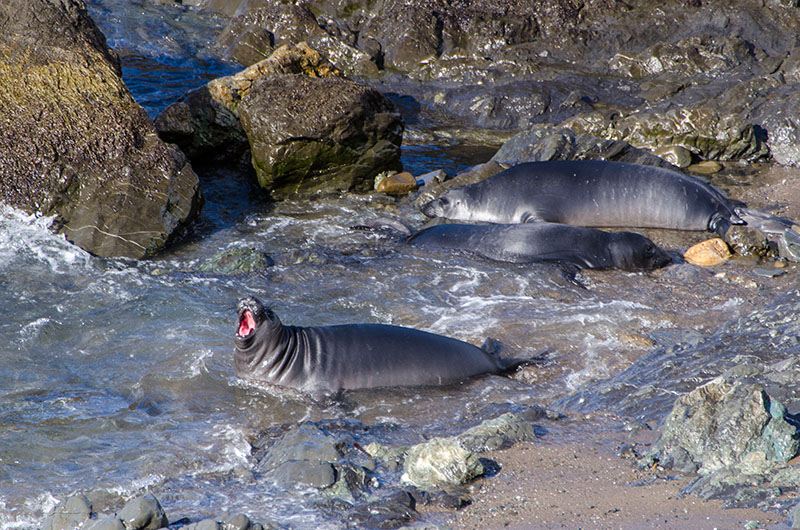 |
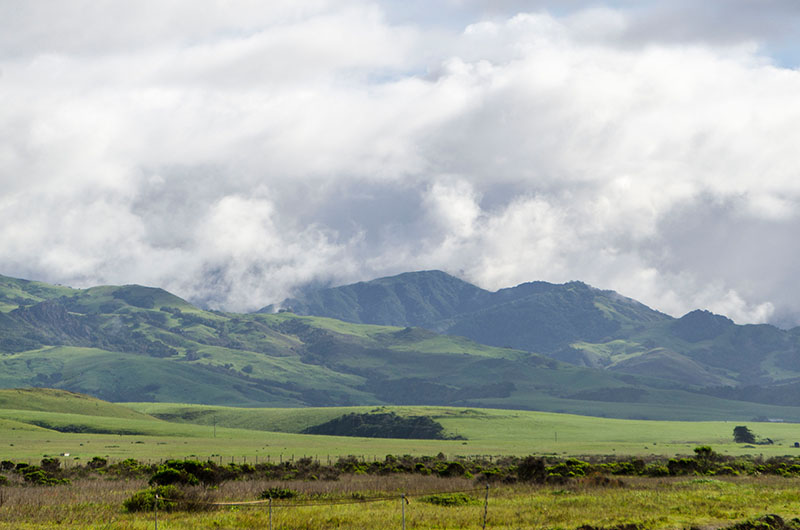 |
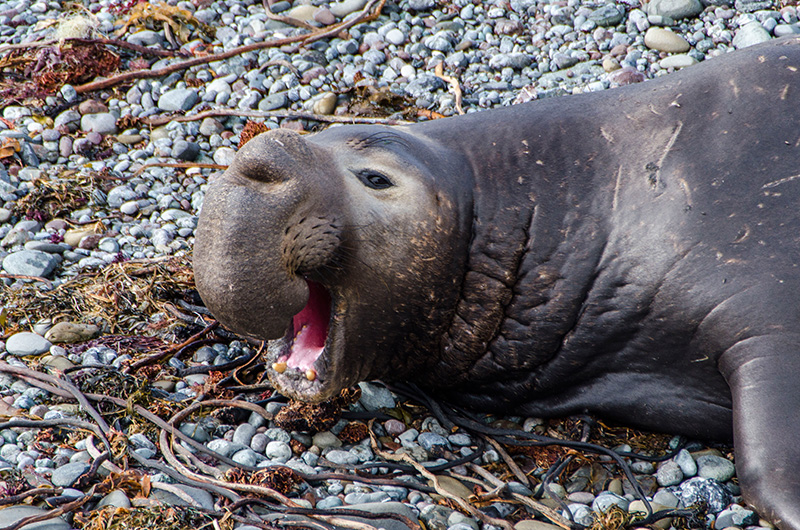 |
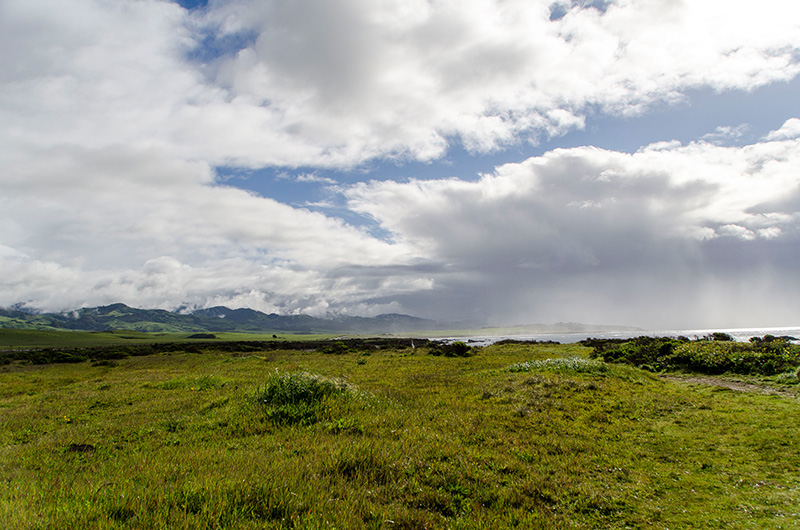 |
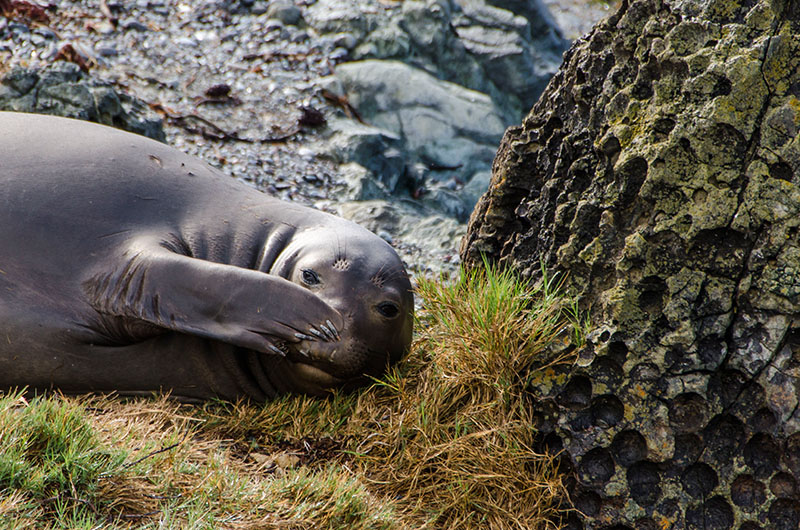 |
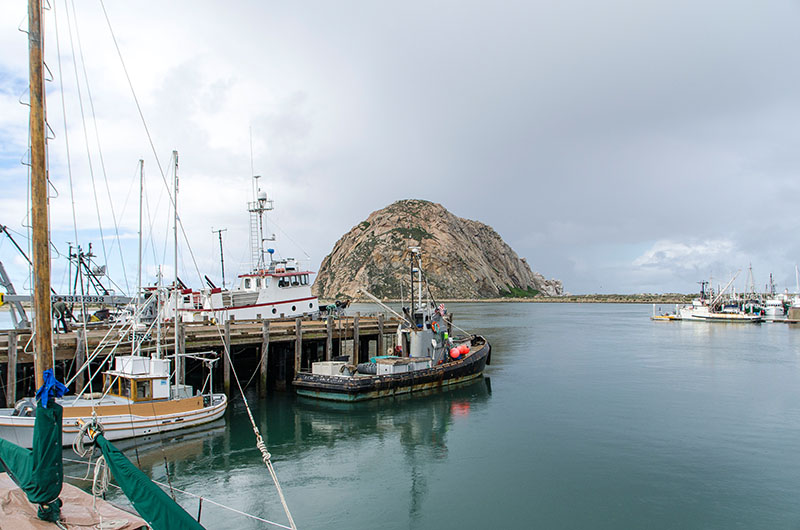 |
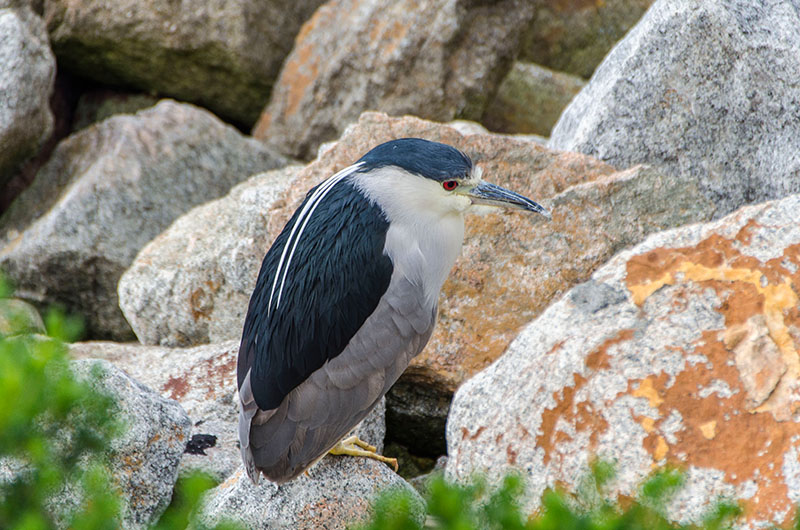 |
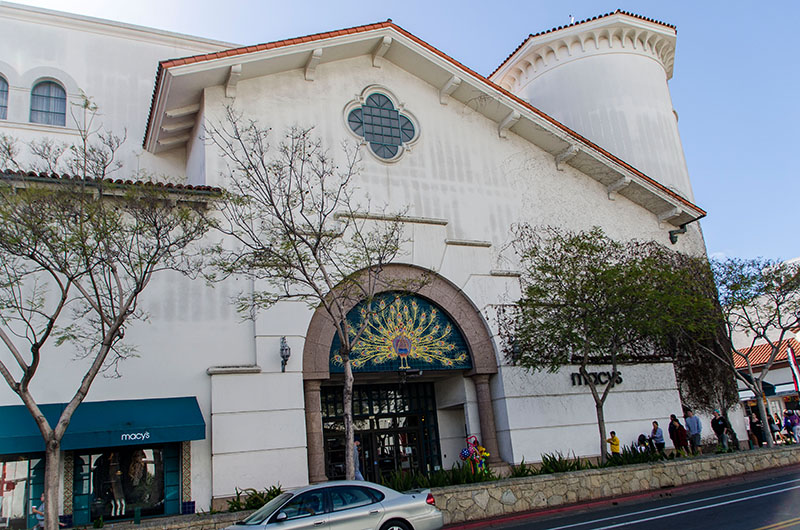 |
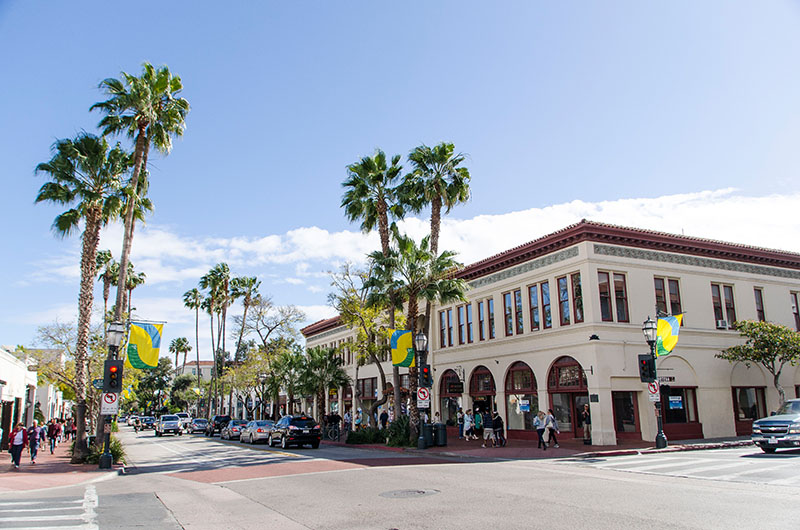 |
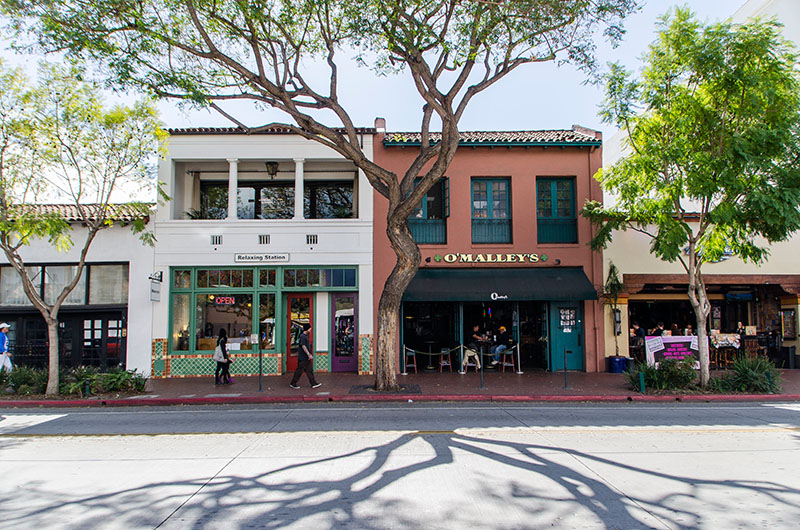 |
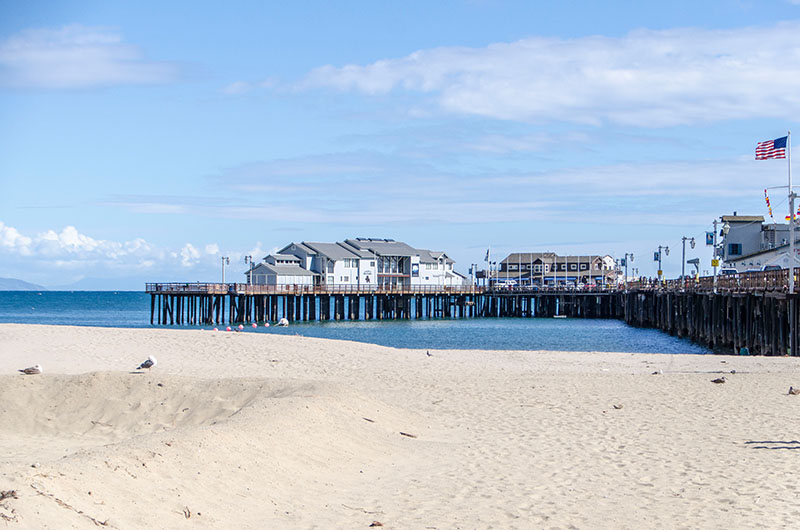 |
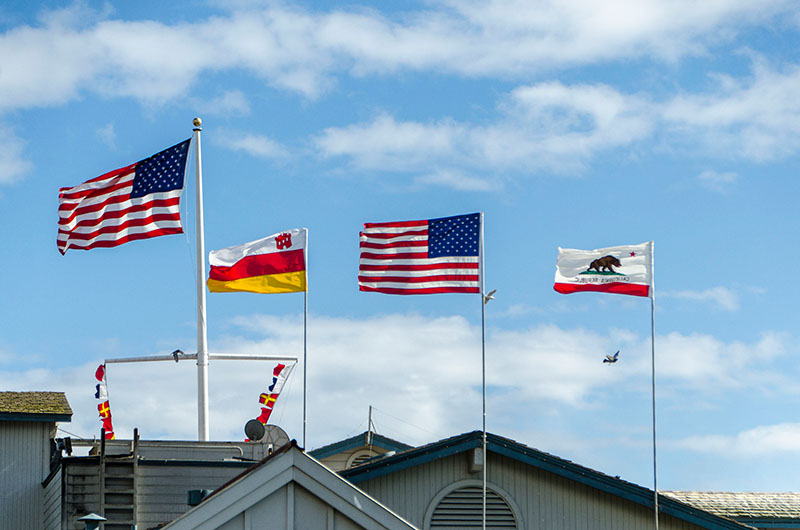 |
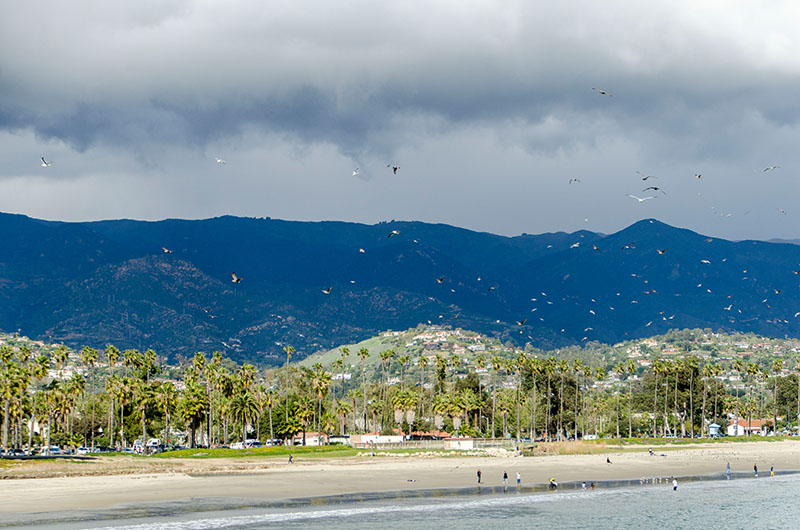 |
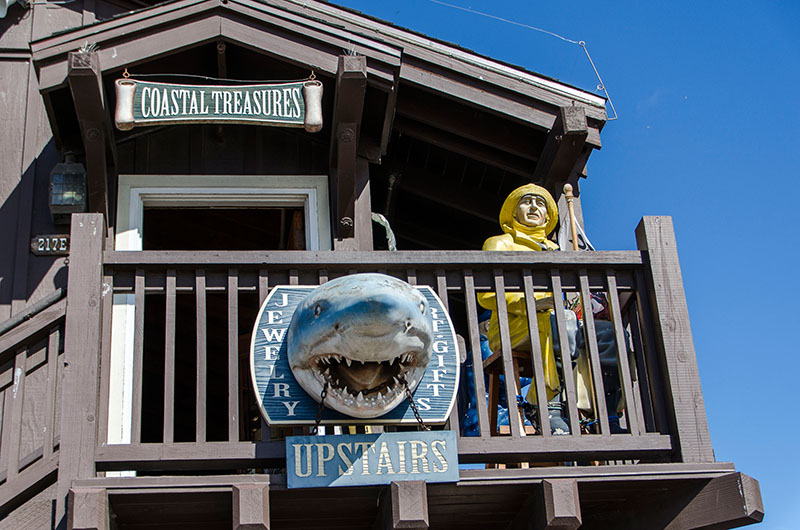 |
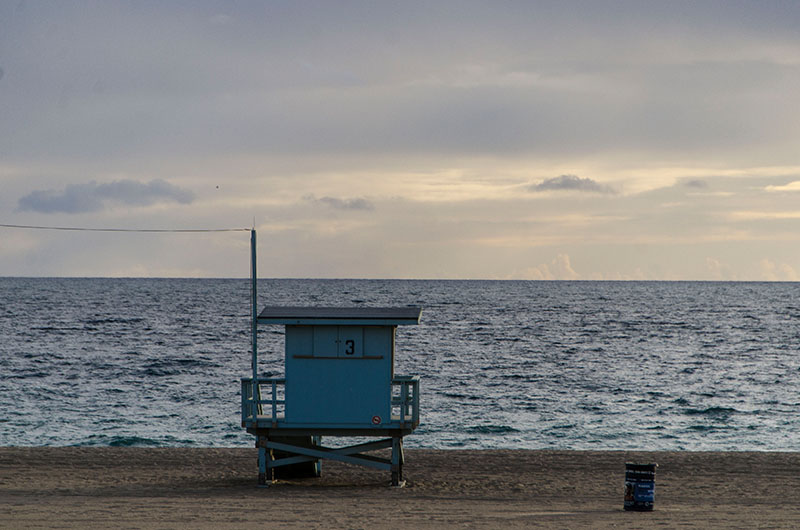 |
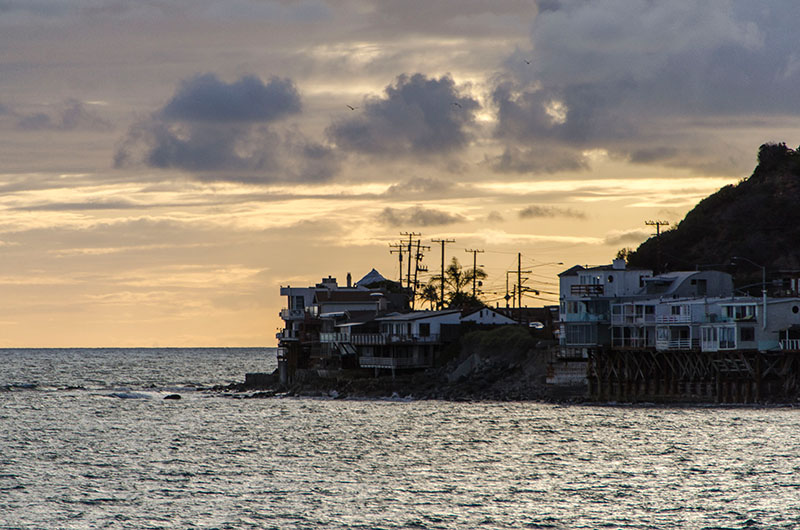 |
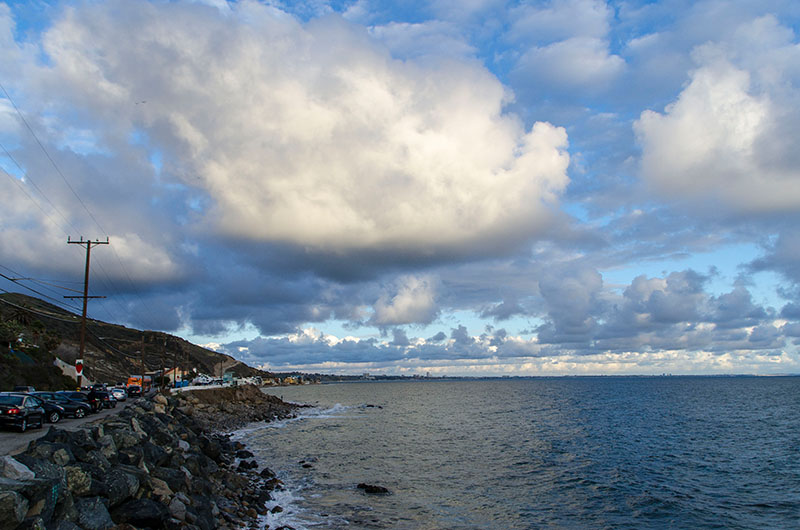 |

Leave a Reply